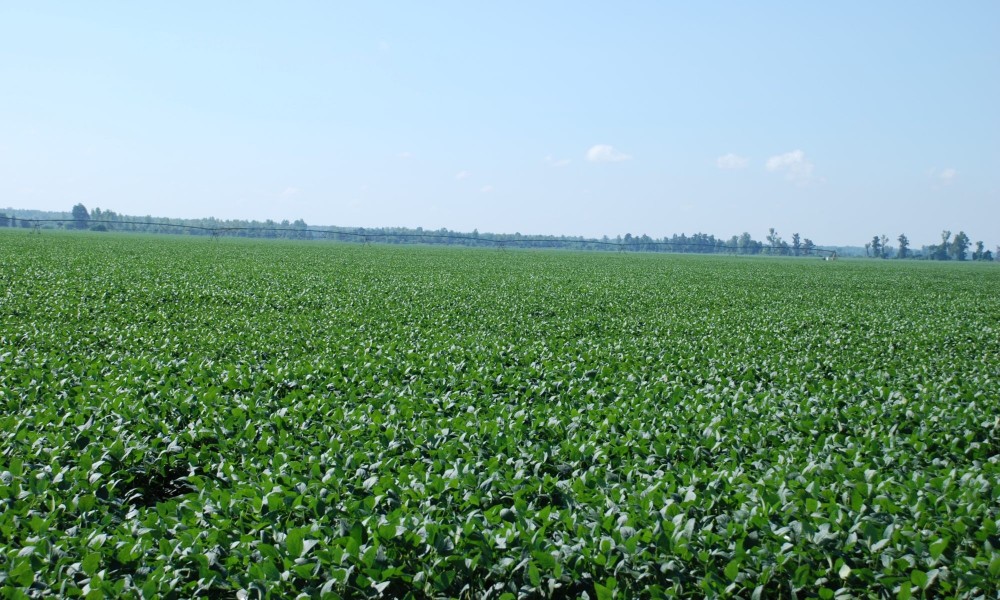Researchers from the University of Tennessee Institute of Agriculture outline gains in all major agricultural sectors in this year’s economic report to the governor, a marked improvement from the previous fiscal year that reflected depressed global demand for U.S. exports tied to the COVID-19 pandemic and continued trade tensions.
Tennessee’s agri-forestry industrial complex encompasses the supply chain from farm and forest to the manufacturer and is a vital part of the state’s economy. Accounting for multiplier effects, the complex provides an estimated $79.3 billion to Tennessee’s economy and accounts for 339,400 jobs.
“The dominant factors for producer profitability in 2022 will be input prices and availability, particularly fertilizer and crop protection products,” said crop marketing specialist Aaron Smith, an associate professor in the Department of Agricultural and Resource Economics.
Scroll Down for More...
Continued...
Cattle and calves represent the third largest agricultural sector in the state with cash receipts totaling $512.5 million, which accounts for 14.3% of total agricultural cash receipts. Total beef export value over the first eight months of 2021 totaled nearly $5.96 billion, an increase of 36% compared to 2020. “Looking into 2022, the livestock, poultry and dairy industries will continue to navigate the changes to the domestic and international markets brought on by the pandemic,” said livestock marketing specialist Andrew Griffith, an associate professor of agricultural and resource economics. “The cattle and beef industry will look to expand as prices increase, while the hog and pork industry will follow export demand. Beef and pork demand are both expected to remain strong, which will further support prices.”
Total U.S. agricultural and related exports were $186.8 billion in 2021, up 23% from 2020. This overall increase is attributed to the nation recovering from the pandemic and increased export sales to China, up 89% from the previous fiscal year. The increase is a result of the U.S.-China Phase One Trade Agreement where the Chinese government agreed to purchase $80 billion in U.S. agricultural products over a two-year period. In 2021, China surpassed Canada as the leading destination market for U.S. agricultural and related exports, with purchases totaling $36.2 billion.
The factors affecting exports at the national level directly impact Tennessee exports. The state’s agricultural and related exports totaled $2.2 billion in 2021, up $325 million or 17% when compared to the previous fiscal year. Tennessee experienced increases in all major categories in 2021. Consumer-oriented exports, which includes meat and dairy products, processed food products and distilled spirts, were up $138 million. Exports of bulk agricultural commodities, which include cotton, tobacco and soybeans, were up $104 million. Exports of intermediate products, such as soybean meal and oil and other feeds, were up $51 million. Related products exports, mostly comprised of forest products, were up $32 million.
The U.S. Department of Agriculture projects 2022 agricultural exports could reach a record year at $177.5 billion, primarily due to higher projected exports of soybeans and cotton. “While these projected increases should bode well for Tennessee in the coming year, there are two major issues that could affect Tennessee agricultural production and trade: the recent rise in fertilizer prices and container freight rates,” said UTIA trade expert Andrew Muhammad, a professor of agricultural and resource economics.
The report also highlights Tennessee’s rural infrastructure needs. The state’s off-farm storage capacity is projected to be short by roughly 57 million bushels, while the state’s road and highway system — the major mode of transporting agricultural products — has deteriorated due to insufficient state and federal funding. As of 2021, approximately 14% of Tennessee’s major roads are in poor or mediocre condition, while 4% of the state’s bridges are rated poor or structurally deficient. Other infrastructure needs highlighted in the report include broadband and water/wastewater.
The following researchers from the Department of Agricultural and Resource Economics provided the agri-forestry analyses: Kimberly Jensen, Burton English, Jamey Menard, Andrew Griffith, David Hughes, Andrew Muhammad, Aaron Smith, Sreedhar Upendram and Edward Yu.
The complete economic report to the governor is prepared by the Boyd Center for Business and Economic Research at UT’s Haslam College of Business. The full report is available online.






